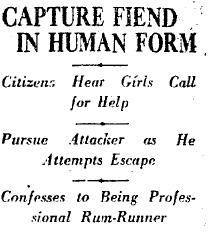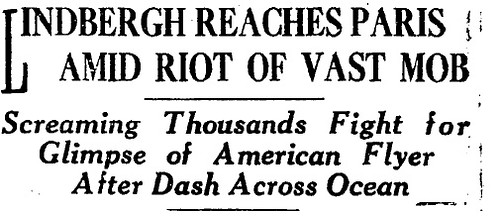
May 21, 1927
Le Bourget Field, France
You have may have heard songstress Sophie Tucker, the last of the red hot mammas, belting out “Fifty Million Frenchmen Can’t Be Wrong”.
Maybe 50 million Frenchmen can’t be wrong, but in smaller numbers they are capable of making humiliating blunders.
In the midst of the frenzy surrounding Capt. Charles A. Lindbergh’s successful landing today at Le Bourget Field outside of Paris, a horde of ecstatic French revelers hoisted a young American man to their shoulders. Believing that the man who had fallen and been trampled on was the famed transatlantic aviator, they triumphantly bore him to the American Ambassador to France, Myron Herrick, chanting “C’est lui!” (It is he!) 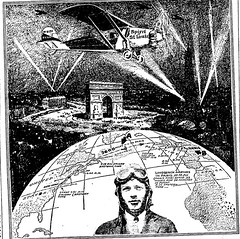
Held aloft by the cheering mob, the frightened man repeatedly screamed “Let me go! I am not Lindbergh!” But his entreaties fell upon ears fluent only in French. Squirming and shouting, he was carried for quite a distance and finally up a flight of stairs in the Administration Building, where he was to be welcomed by a delegation of dignitaries.
Ambassador Herrick took one look at the man’s disheveled business suit, wilted collar and torn necktie and immediately realized the crowd’s error. Members of the crowd could be heard muttering “mon dieu” and “merde” as news of their embarrassing faux pas made its way to the outer perimeters of the group. The throng of people then unceremoniously dumped the counterfeit Lindbergh at the Ambassador’s feet, and dashed off in search of the real flying ace.
Meanwhile, the genuine and more nattily attired Capt. Lindbergh had been rescued from the mob by several French pilots. The pilots had taken Lindbergh to a waiting automobile and were well on their way to Paris as multitudes of French citizens sought “Lucky Lindy” in vain.
History has recorded neither the name nor the fate of the man who was mistaken for Lindbergh.

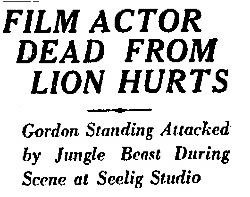
 May 20, 1927
May 20, 1927

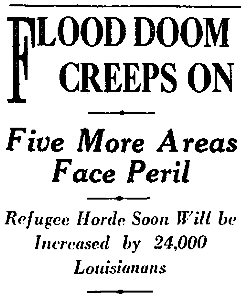

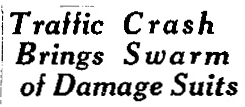
 May 19, 1927
May 19, 1927
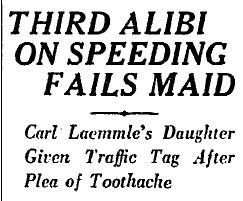 Rosabelle Laemmle, only daughter of Carl Sr., was arrested for speeding in Beverly Hills today. When Officer McBane asked where she was headed in such a big hurry on this Saturday night, she replied, "To the dentist." Unfortunately for Rosabelle, she’d already used that excuse on McBane twice before. Tired of playing the chump, McBane said, "I advise you to have all your teeth pulled out and to present this speeding ticket to Justice of the Peace Etrelinger on the 23rd."
Rosabelle Laemmle, only daughter of Carl Sr., was arrested for speeding in Beverly Hills today. When Officer McBane asked where she was headed in such a big hurry on this Saturday night, she replied, "To the dentist." Unfortunately for Rosabelle, she’d already used that excuse on McBane twice before. Tired of playing the chump, McBane said, "I advise you to have all your teeth pulled out and to present this speeding ticket to Justice of the Peace Etrelinger on the 23rd."

